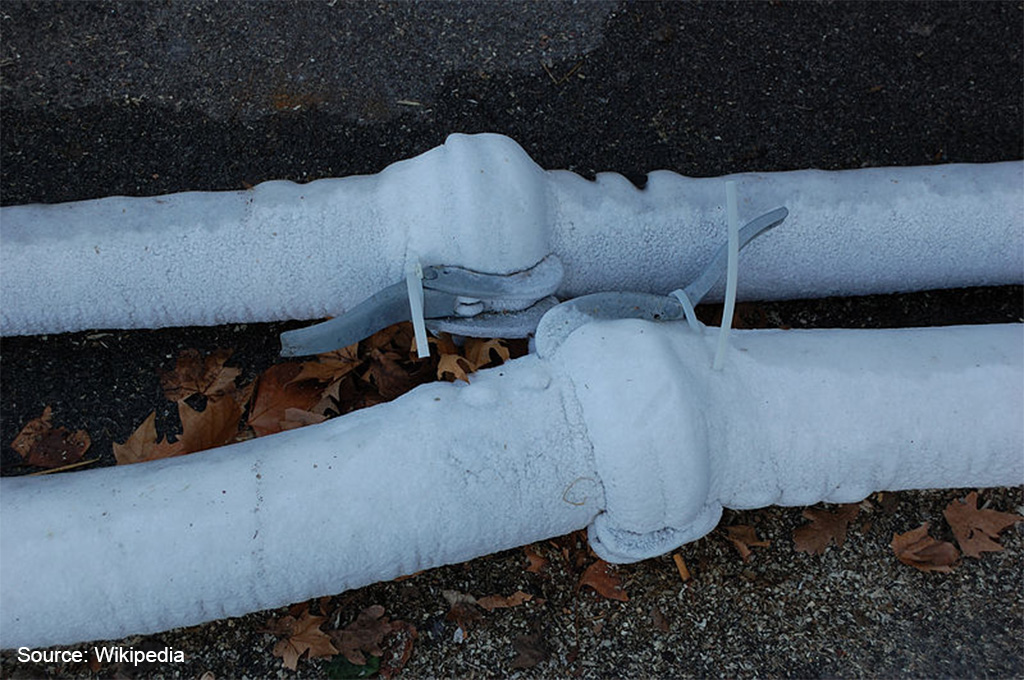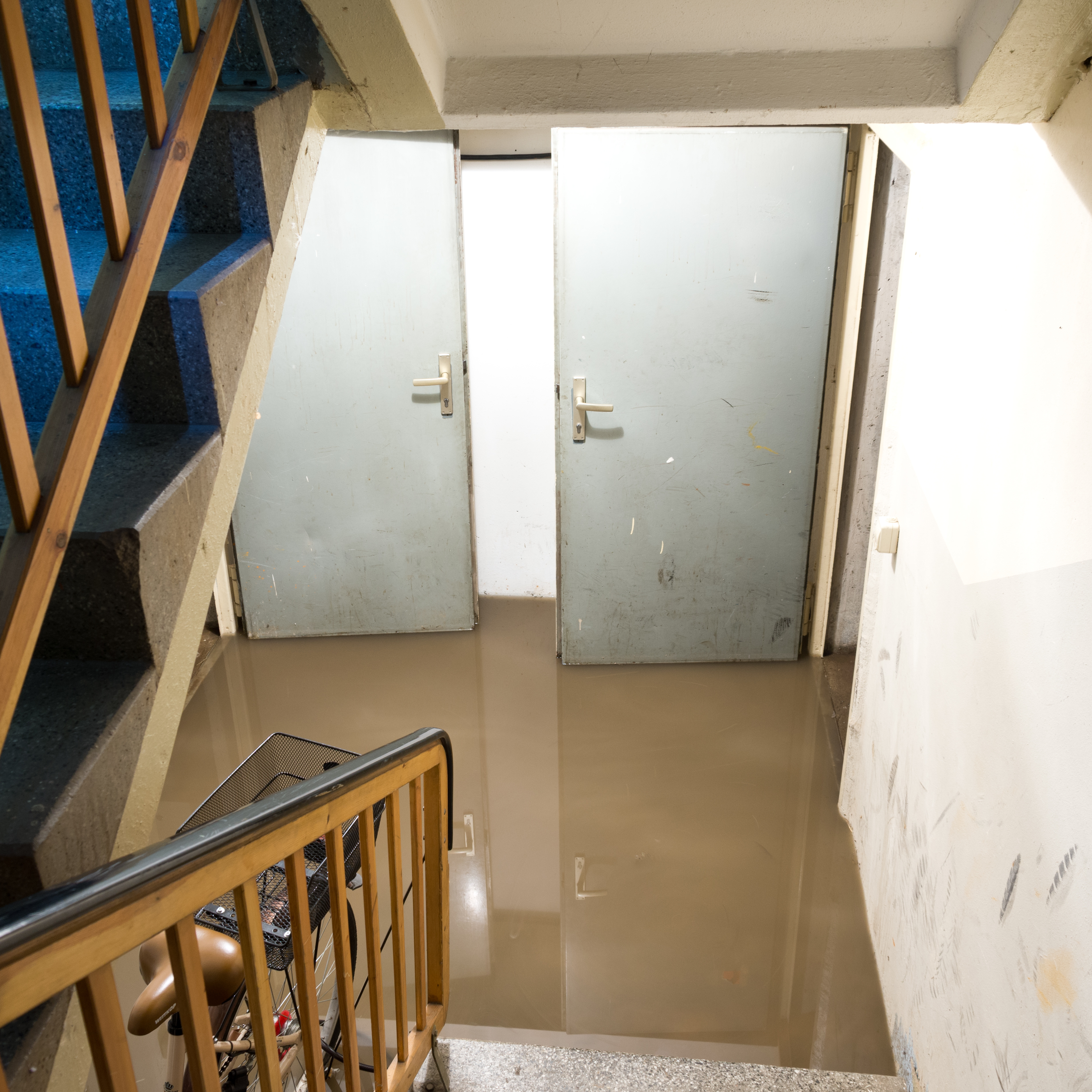Septic lines are most often found in rural areas. When your winter cabin, for instance, is located out in the woods, the septic line is responsible for treating wastewater from the cabin’s bathrooms, laundry, and kitchen drains. In the countryside, centralized sewer systems are uncommon, giving the septic line importance.
The septic line in a winter lodge occupied for a few months of the year, for example, is likely to freeze due to disuse. Normally, the septic line functions well, even under frigid temperatures—if the plumbing is in regular use. Routine draining and flushing of the home’s plumbing system ensures moving water. Immobile water can freeze and block the septic line.
If your winter getaway features a septic line, and it freezes in the bitter temperatures of February, you have two options. The first and most expensive route is to call a plumber. The second and by far least costly path is to thaw the septic line yourself.
The DIY project of thawing the frozen septic line requires a few supplies, which can be readily found already in your home or can be purchased locally.
How to Unfreeze Septic Lines
1. Use Hot Water
Logically, all it takes to thaw ice is hot water. Be careful when hosing hot water down the septic line, as some pipe materials, like PVC, can melt. It is recommended that you find out the heat threshold for the PVC pipes first. Most PVC pipes can withstand up to 140 degrees Fahrenheit.
Before pouring hot water down the septic line, take cautionary steps to keep the pipes from bursting. If the pipes are fully blocked with ice formations, hot water can rupture the line.
Pry open the septic cover with a crowbar. Lead warm water (110 degrees Fahrenheit is recommended) down the septic line with a garden hose fitted with a hose nozzle. Connect the hose to the hot water line. Feed the hose into the septic line until it hits the ice blockage. The warm water from the hose will gradually melt the ice.
Test the septic line’s functionality by running the sink with soapy water. When you see the soapy water float into the septic tank, the frozen septic line is cleared.
2. Apply Heat
If you are able to access the section of the septic line that is frozen, you can apply heat directly to the septic line to thaw it. Hold a heat lamp or a small electric heater directly to the frozen part of the septic line. The warmth will gradually melt the ice inside the line. Although time-consuming, this process is effective in thawing the ice.
3. Use a Heat Gun
A heat gun is flameless, which makes it safe to use on many surfaces, including pipes. Prior to working with the heat gun, adjust the temperature to ensure intense heat does not damage the septic line. Aim the heat gun toward the frozen section of the pipe, and shift the heat back and forth. This process distributes heat evenly around the septic pipe. The heat should melt the ice inside. Do not steadily aim the heat toward one spot, as doing so could damage the line.
Pick up a heat gun from a local hardware store for around $40. A hair dryer is equally effective, if a heat gun is unavailable.
4. Adhere Electric Heat Tape
Heat tape is safe to use on septic lines, since the temperature is monitored by an inline thermostat. Plus, heat tape is designed to prevent overheating with its on and off cycling feature.
Heat tape warms up when electricity flows through its conducting wires. Certain heat tape varieties are specifically designed to be supple and thin, so as to snugly wrap around pipes. Temperatures in heat tape range from 450 to 500 degrees Fahrenheit. Choose the right heat tape for your septic line. Heat tape that is intended for metal pipes will melt PVC pipes.
Be careful to never apply heat tape to septic lines that touch the ground. A hazardous power surge could erupt from the grounding of the conductor in the tape. Also do not double wrap the heat tape over itself, as this could create dangerously high temperatures.
5. Buy or Rent a Pipe-Thawing Device
If you own a winter cabin and frequent it only a few months of the year, it makes sense to keep a pipe thawing machine handy. Pipe thawing devices are portable, making them easy to use indoors or outdoors. The device can be effectively used without having to dig up frozen ground or break through drywall. Plus, pipe thawing devices are a safer substitute to heat lamps.
Place the frozen pipes in the pipe thawing machine. Turn on the unit and the ice inside the septic line will gradually melt.
6. Prevent Future Septic Line Freezes
Regularly flush the plumbing in an infrequently used winter home to add heat to the septic systems and keep it from freezing. Insulate the septic lines with two to four inches of rigid foam insulation. Adequate insulation may also consist of layers of straw or wood mulch over the septic lines.
Sewage Cleanup
When the sewage backup from frozen septic lines prevails, call in a professional sewage cleanup service. Skilled technicians arrive onsite to assess the damage. The hazardous sewage water is extracted using advanced restoration equipment. Trained specialists then sanitize the area using commercial-grade chemical cleaners. All odors are thoroughly removed with powerful deodorizers. The experienced professionals also provide assistance when filing insurance claims.
Rest assured that you will be completely satisfied with the sewage cleanup services provided by restoration specialists. Sewage damage requires an urgent response. Immediate cleanup is necessary to prevent damage from spreading.





